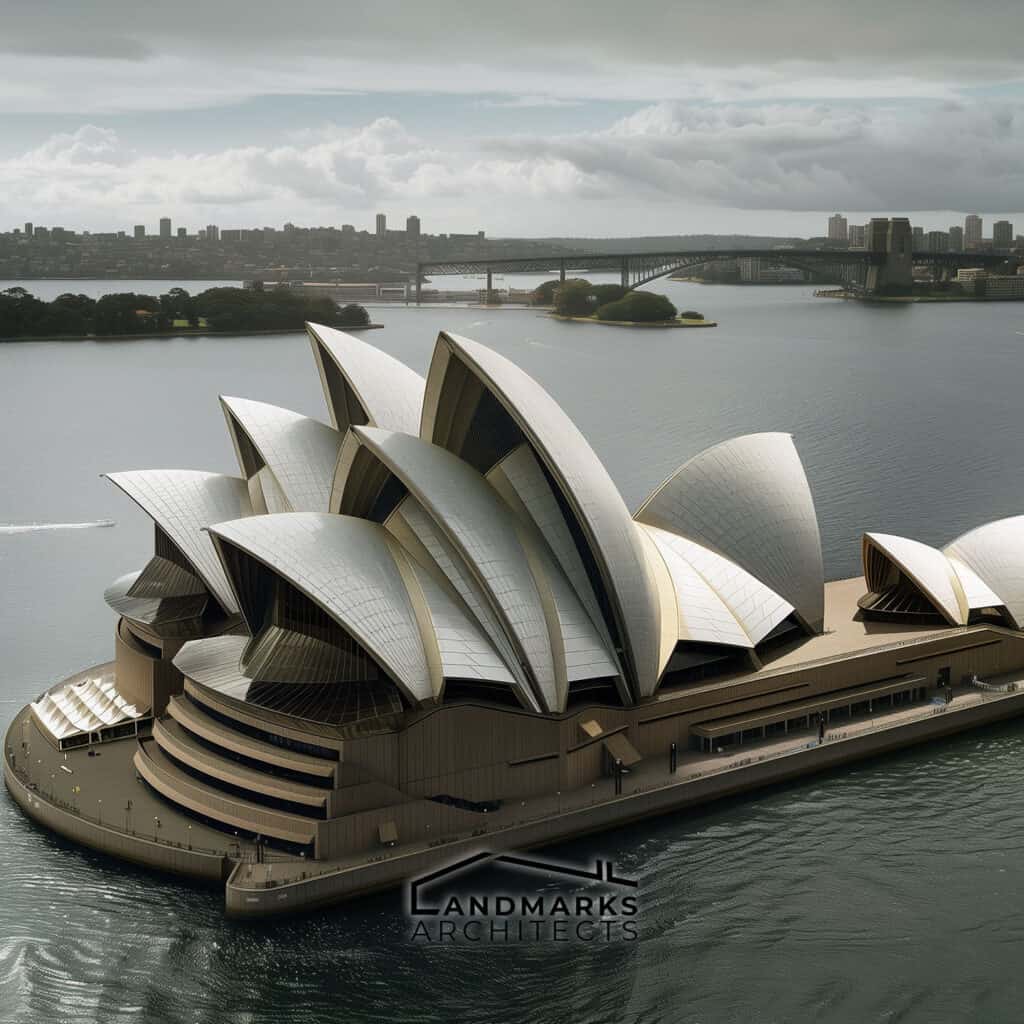
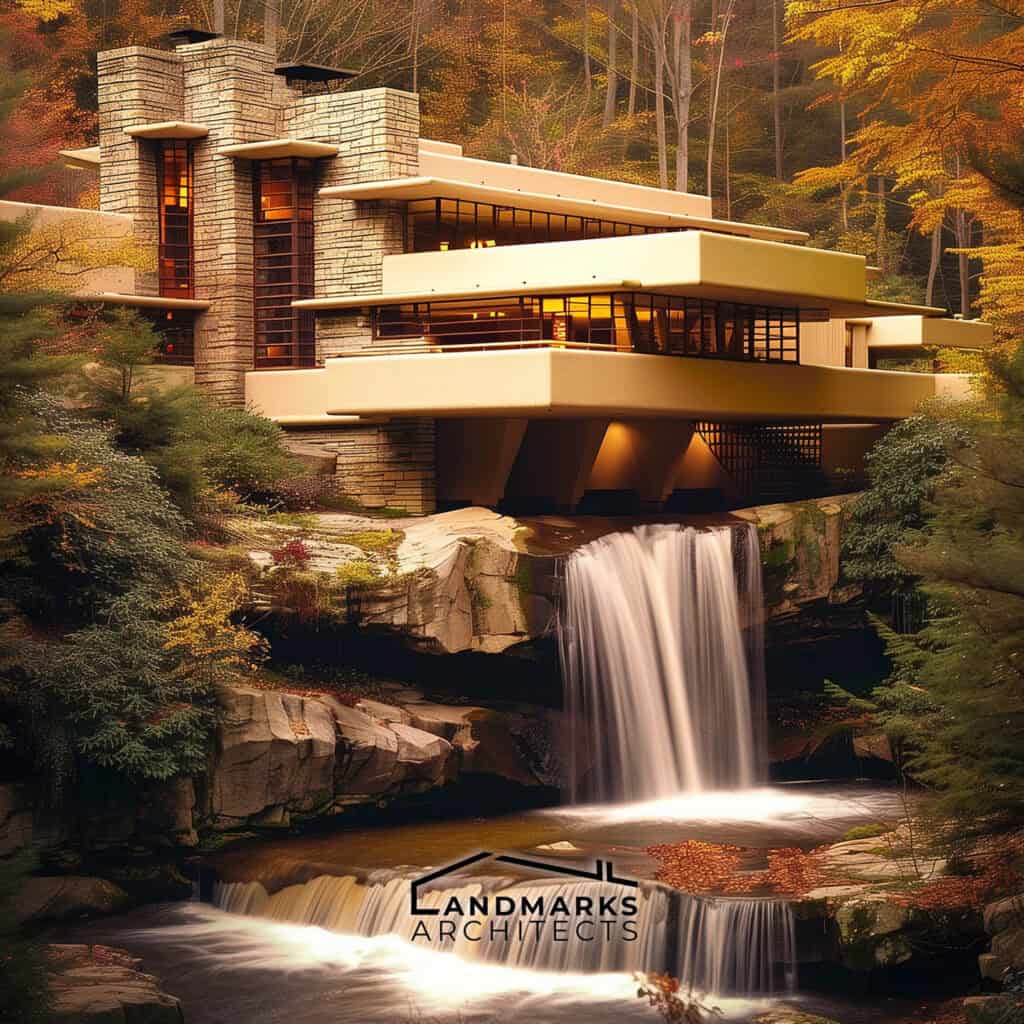
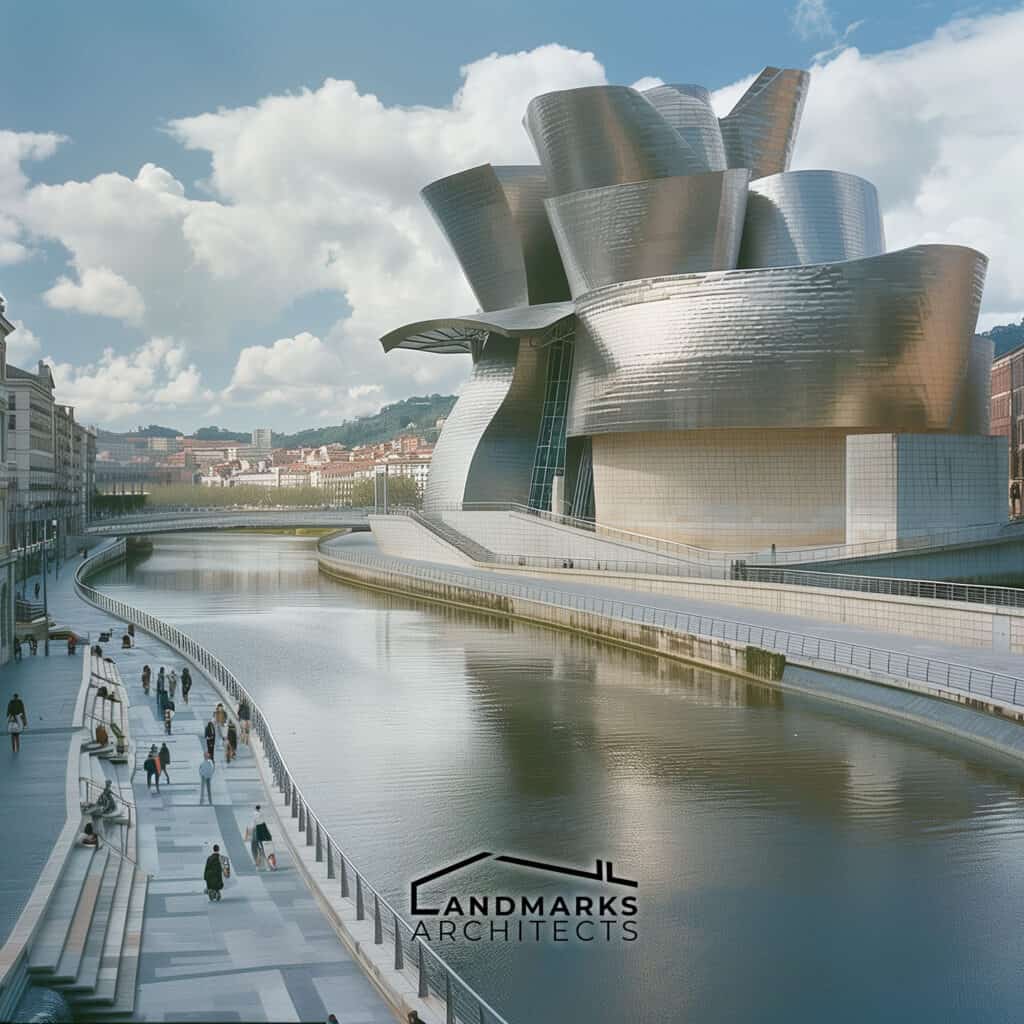
Are you looking for inspiration to elevate your architectural projects? Discover the top three architecture design ideas that blend creativity and functionality to transform spaces.
At Landmarks Architects, we value innovative and practical design concepts that resonate with contemporary needs. These popular design ideas highlight the principles of sustainability, flexibility, and functionality, ensuring that your projects are not only beautiful but also efficient and adaptable.
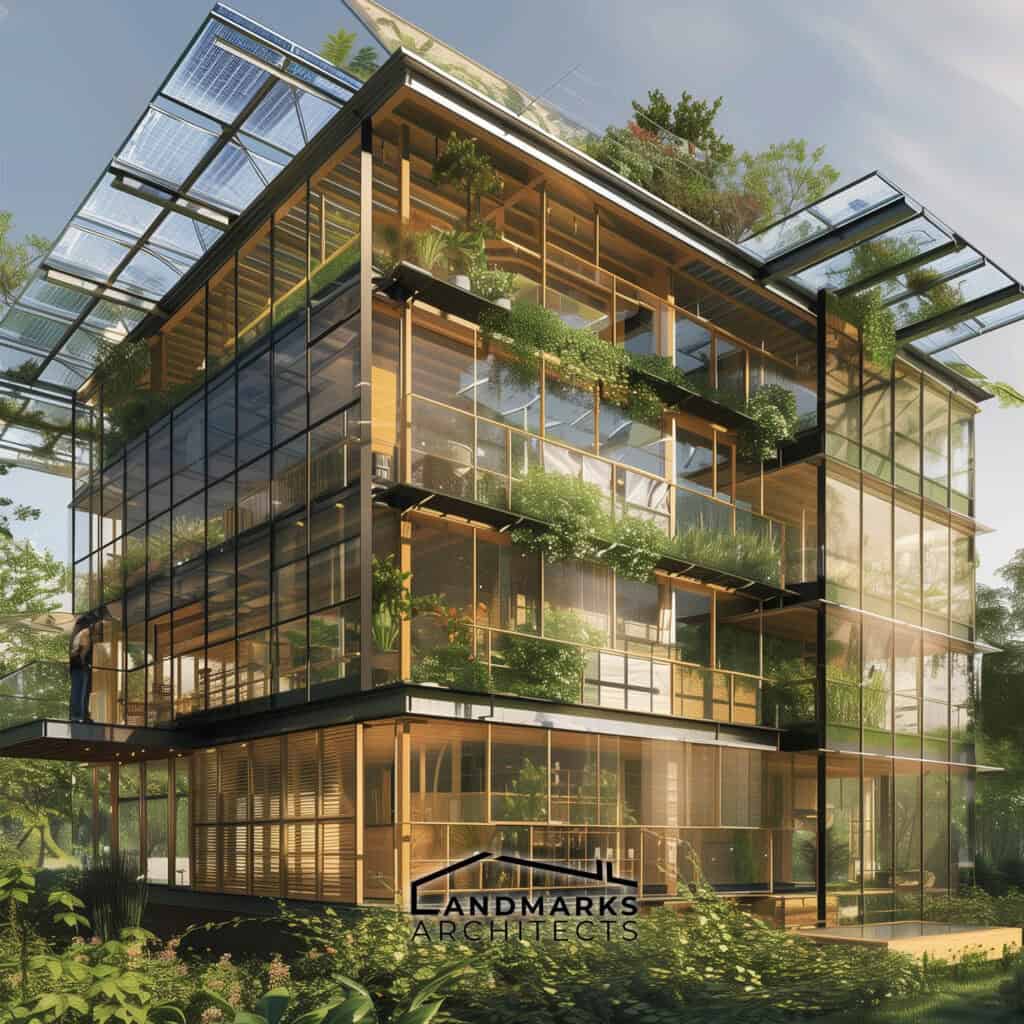
In this article, we will explore:
- Sustainable Architecture Concept:
Integrating energy-efficient materials, natural light, and renewable energy sources to create eco-friendly designs.
- Flexibility in Design:
Designing adaptable spaces with modular construction techniques and movable walls, exemplified by the Centre Pompidou in Paris.
- Functional Architecture:
Crafting efficient layouts and using durable materials, as seen in iconic buildings like the Empire State Building.
Join us as we explore these architectural concepts, providing insights and examples that will inspire your next project. Whether you’re designing a new building or renovating an existing one, these ideas will help you create spaces that are both aesthetically pleasing and highly functional.
Top 3 Popular Architecture Design Ideas
Architectural design ideas are creative concepts that architects use to create unique and functional designs. Some popular design ideas include:
1. Sustainability
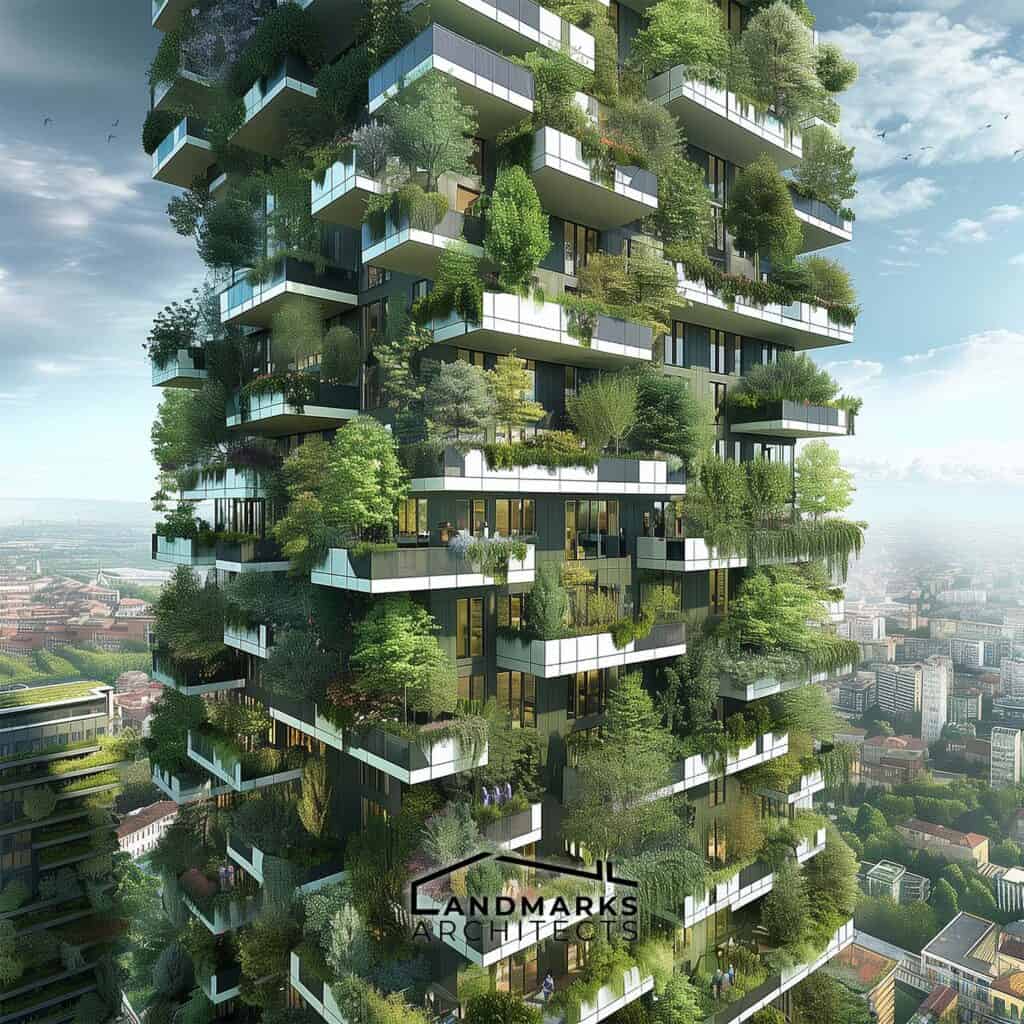
Sustainable architecture is becoming increasingly popular due to the growing concern for the environment. Architects are incorporating eco-friendly materials and energy-efficient technologies into their designs to reduce the carbon footprint of buildings.
For example, the Bullitt Center in Seattle is a six-story office building that generates its own electricity through solar panels and rainwater harvesting systems. It is considered one of the greenest commercial buildings in the world.
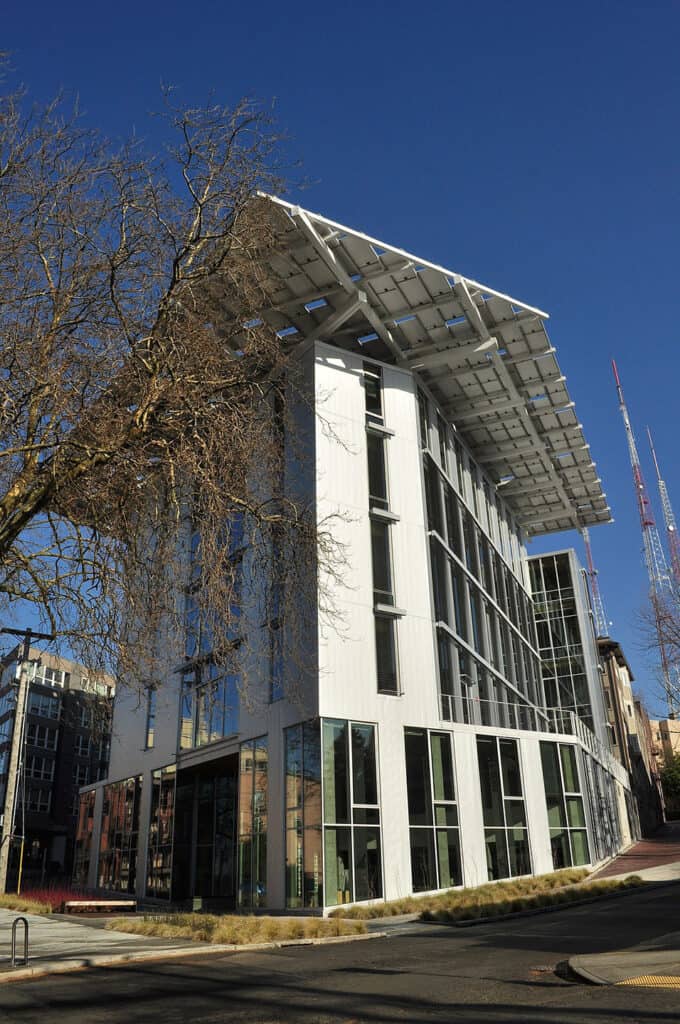
2. Flexibility
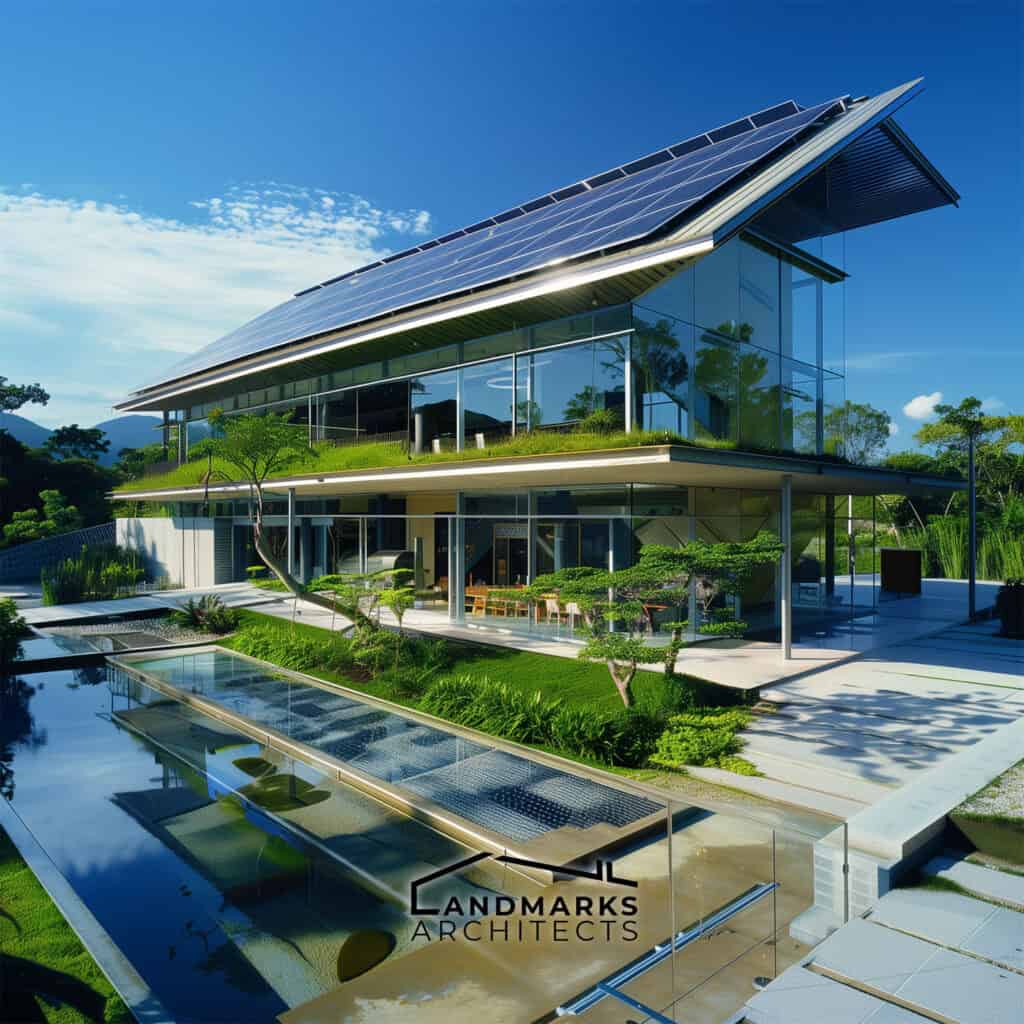
Flexibility in architectural design allows buildings to adapt to changing needs over time. This idea is especially important in today’s fast-paced world where buildings need to be able to accommodate different uses and functions.
For example, the Fulton Center in New York City is a transit hub that was designed to be flexible enough to accommodate future changes in transportation technology. Its open floor plan and modular design allow for easy reconfiguration of space.
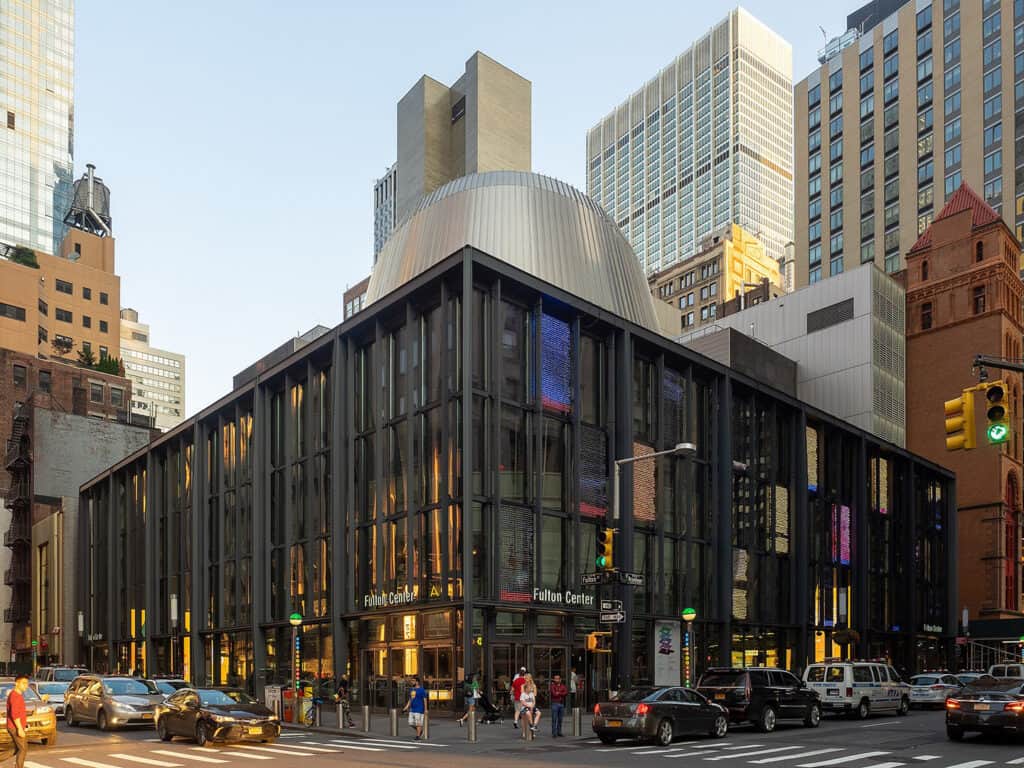
3. Functionality
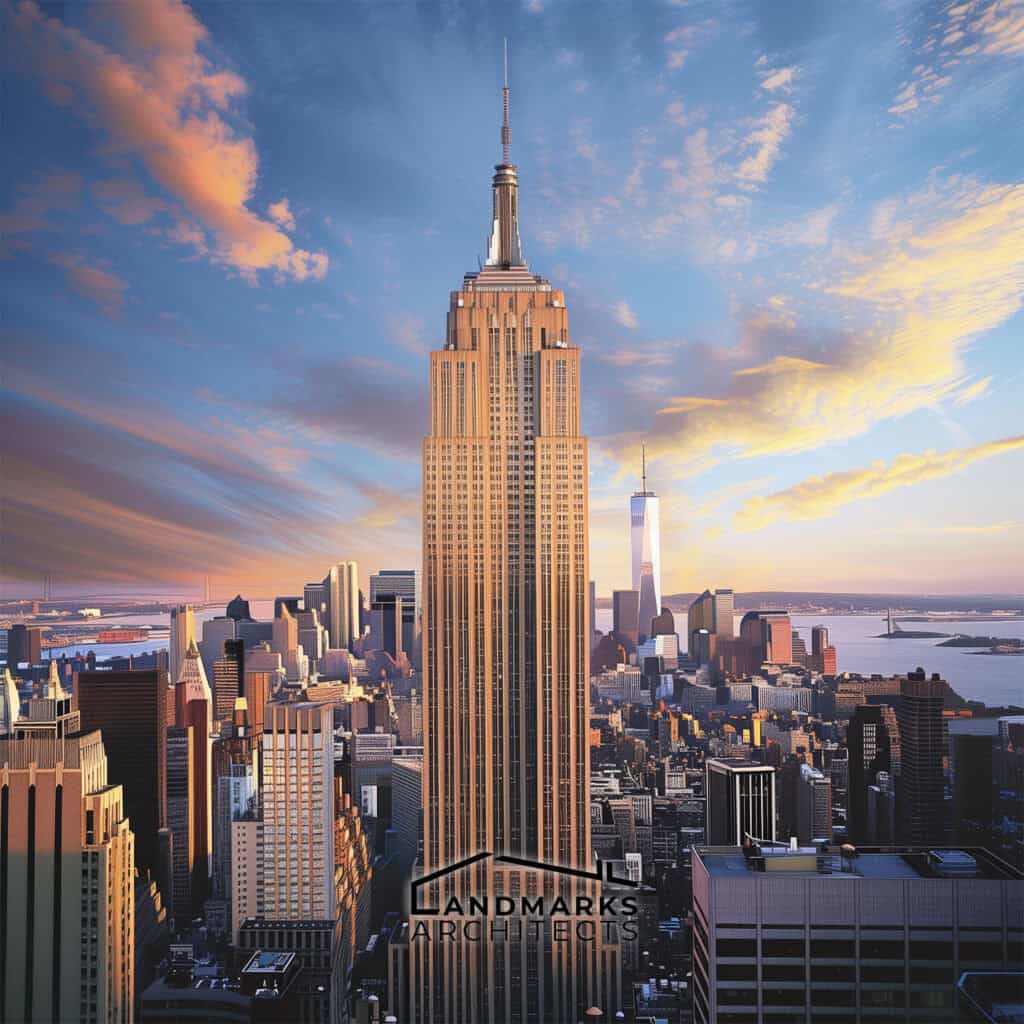
Functionality is a key aspect of architectural design that ensures buildings are efficient and meet the needs of their occupants. This idea is especially important in commercial and residential buildings where space is at a premium.
For example, the One Central Park Building in Sydney, Australia, was designed to maximize natural light and ventilation, while also providing a sense of community through shared spaces such as a rooftop garden and a public park.
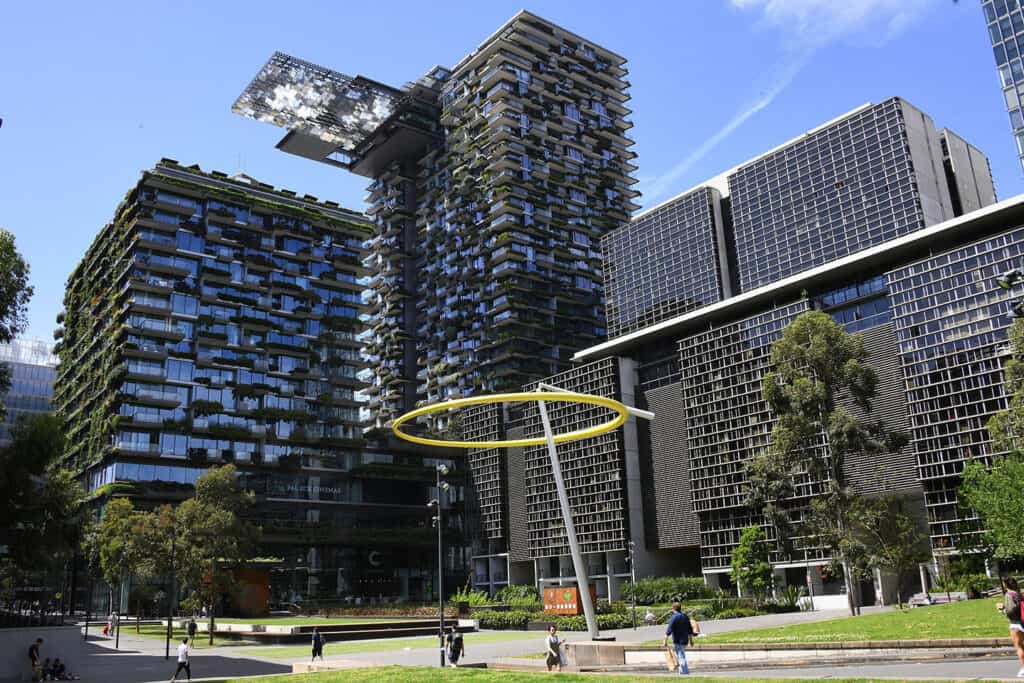
Overall, incorporating sustainability, flexibility, and functionality into architectural designs is essential to creating buildings that are not only aesthetically pleasing but also practical and sustainable. By focusing on these key ideas, architects and designers can create buildings that reflect the needs and values of the communities they serve.
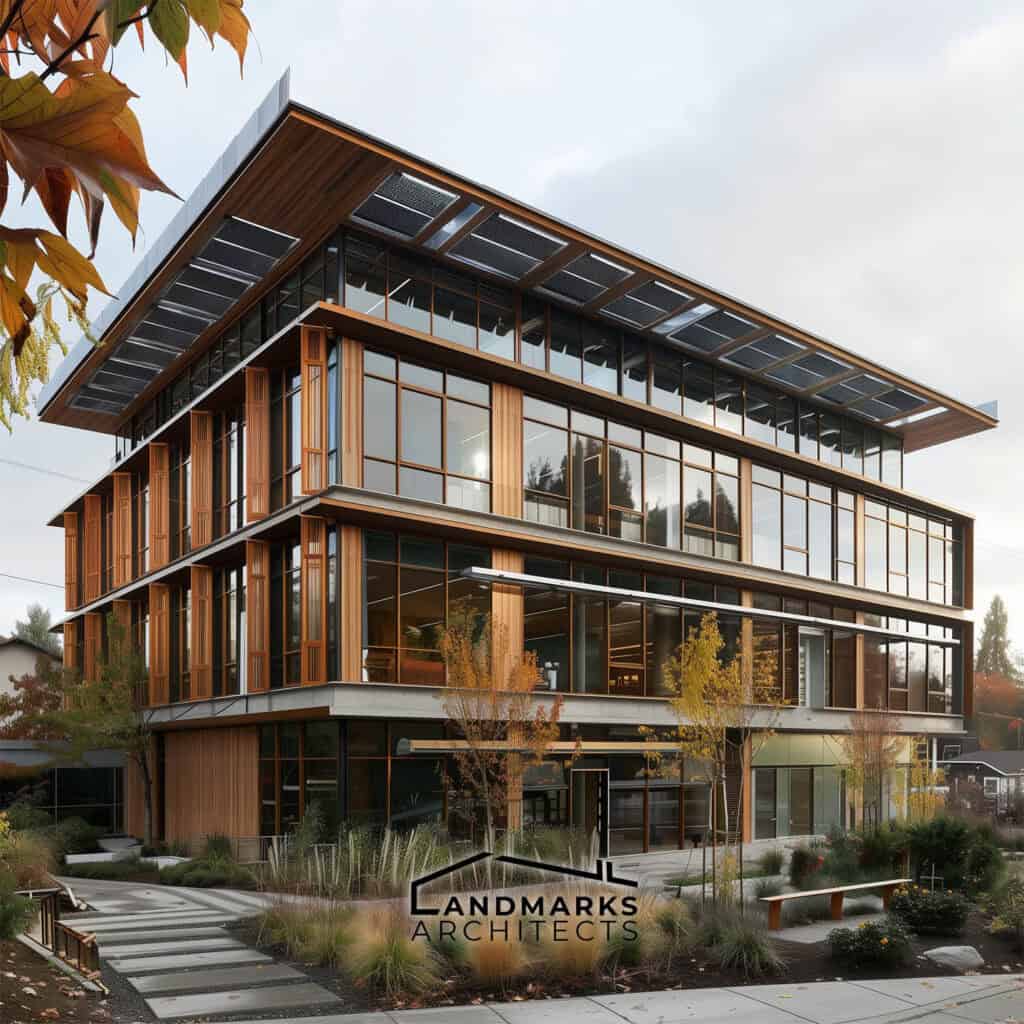
4 Innovative Architecture Ideas
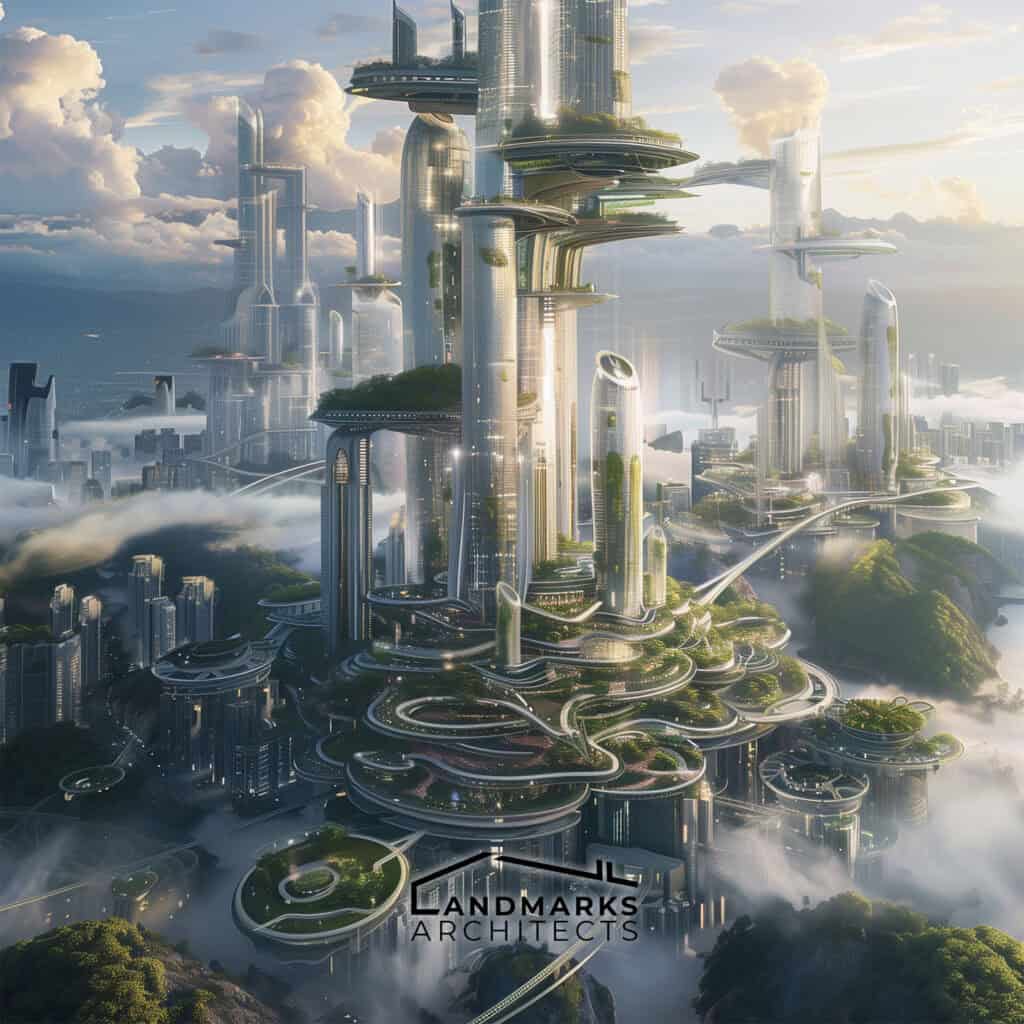
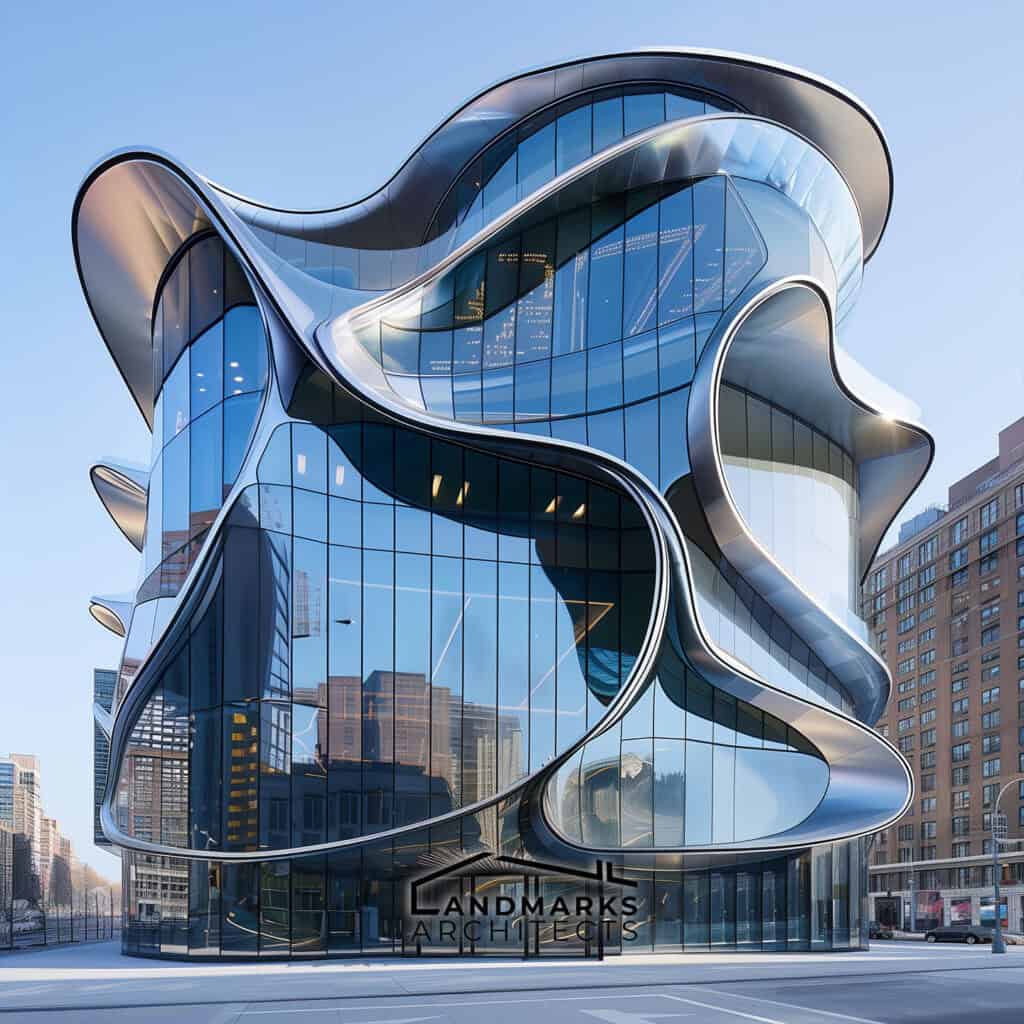
Innovative architecture ideas are constantly emerging, pushing the boundaries of what is possible in building design. Here are four innovative architecture ideas that are currently making waves in the industry.
1. Adaptive Reuse
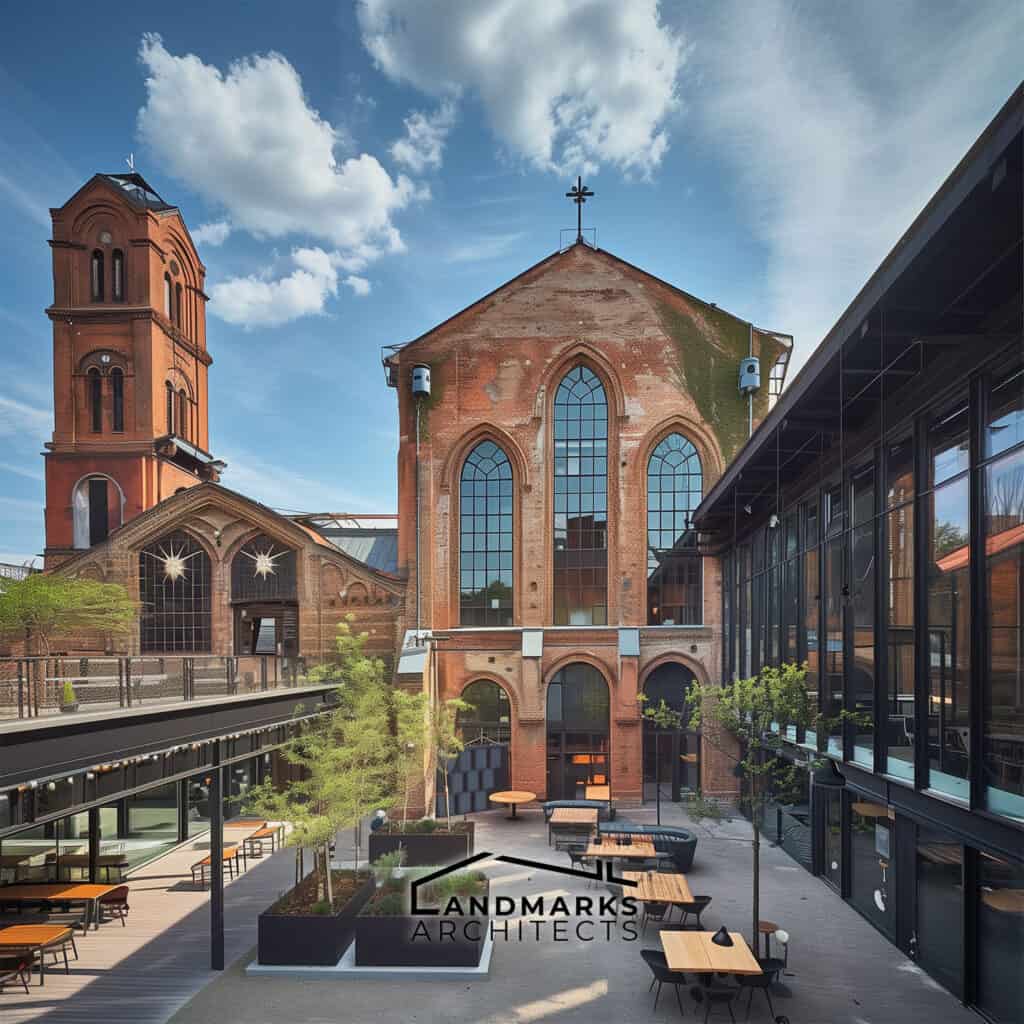
Adaptive reuse is an innovative architectural idea that involves repurposing existing buildings for new uses. This approach is gaining popularity due to its ability to reduce waste and preserve historic buildings.
Adaptive reuse involves reimagining the use of an existing building to meet new needs while preserving its original character. An example of adaptive reuse is the High Line in New York City, which transformed an abandoned elevated railway into a public park.
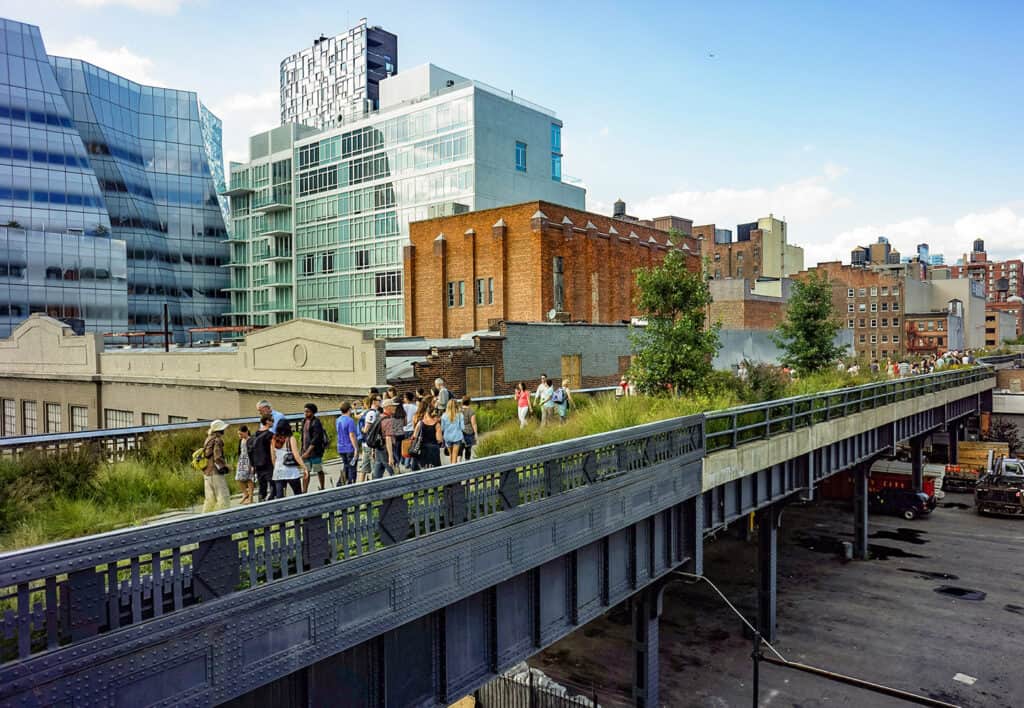
2. Parametric Design
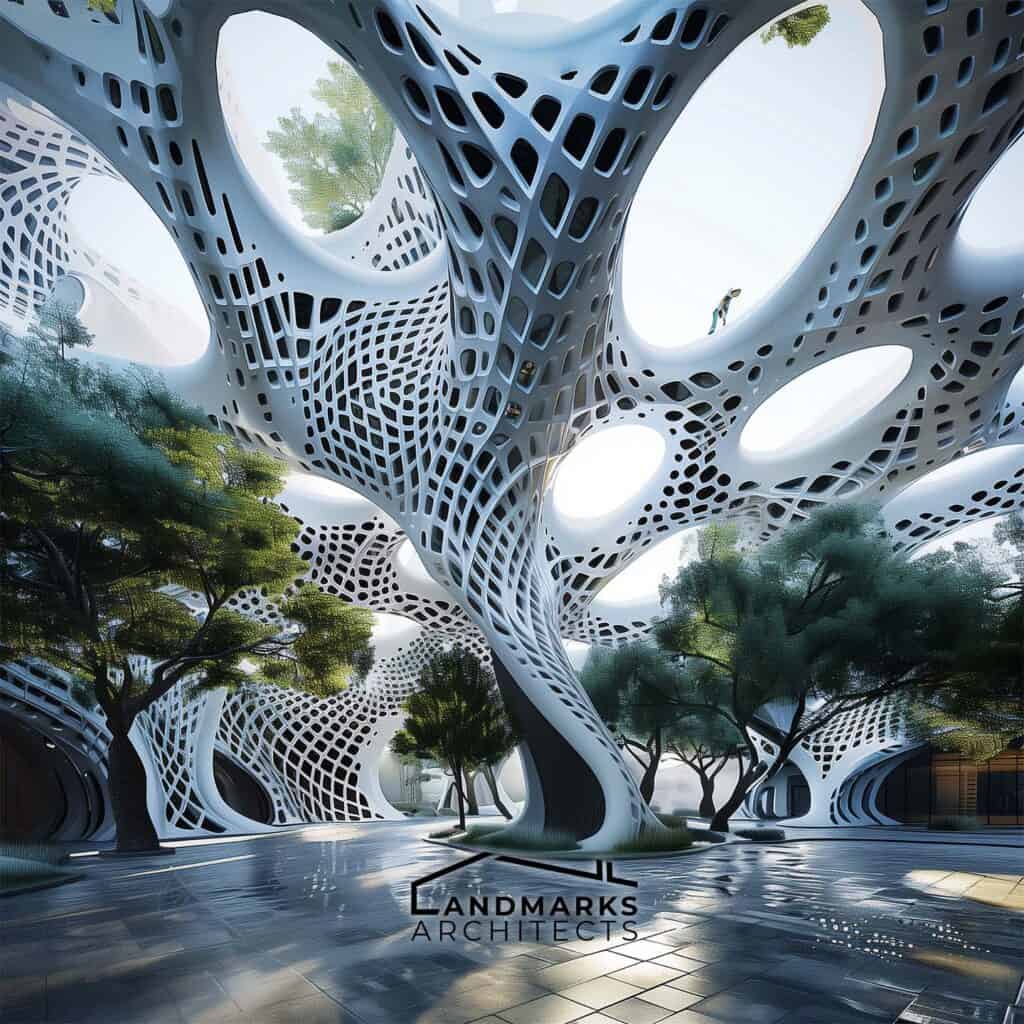
Parametric design is an innovative architecture idea that involves using computer software to generate complex, organic forms. This approach allows architects to create intricate designs that would be difficult to achieve manually.
Parametric design involves using algorithms to generate designs based on specific parameters such as site conditions, climate, and program requirements. An example of parametric design is the Heydar Aliyev Center in Baku, Azerbaijan, which features a fluid, undulating form that was generated using parametric design software.
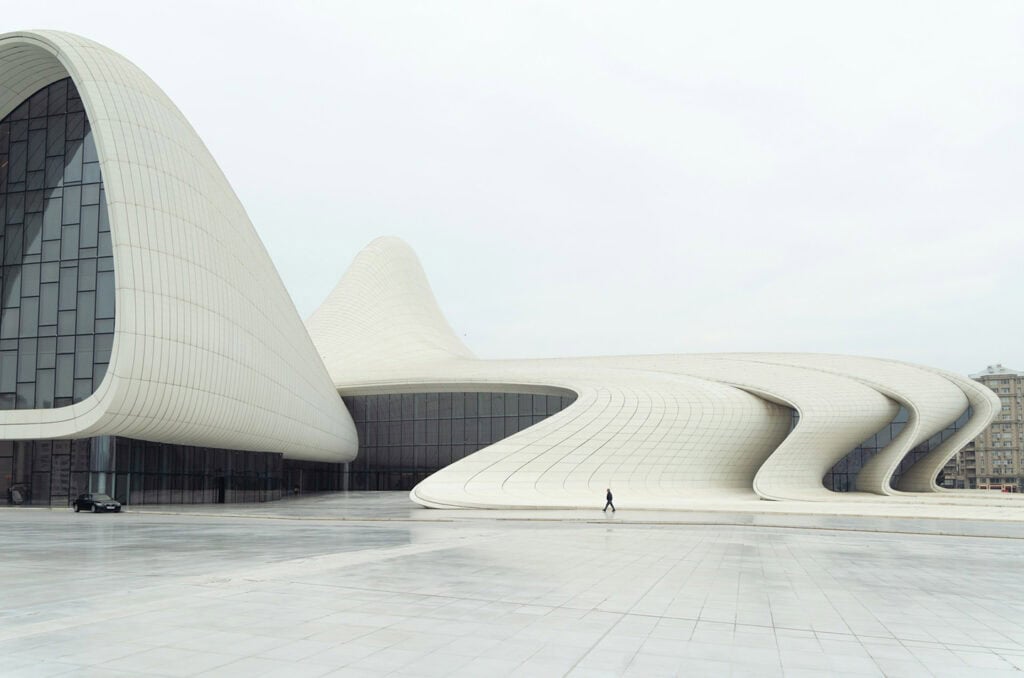
3. Biophilic Design
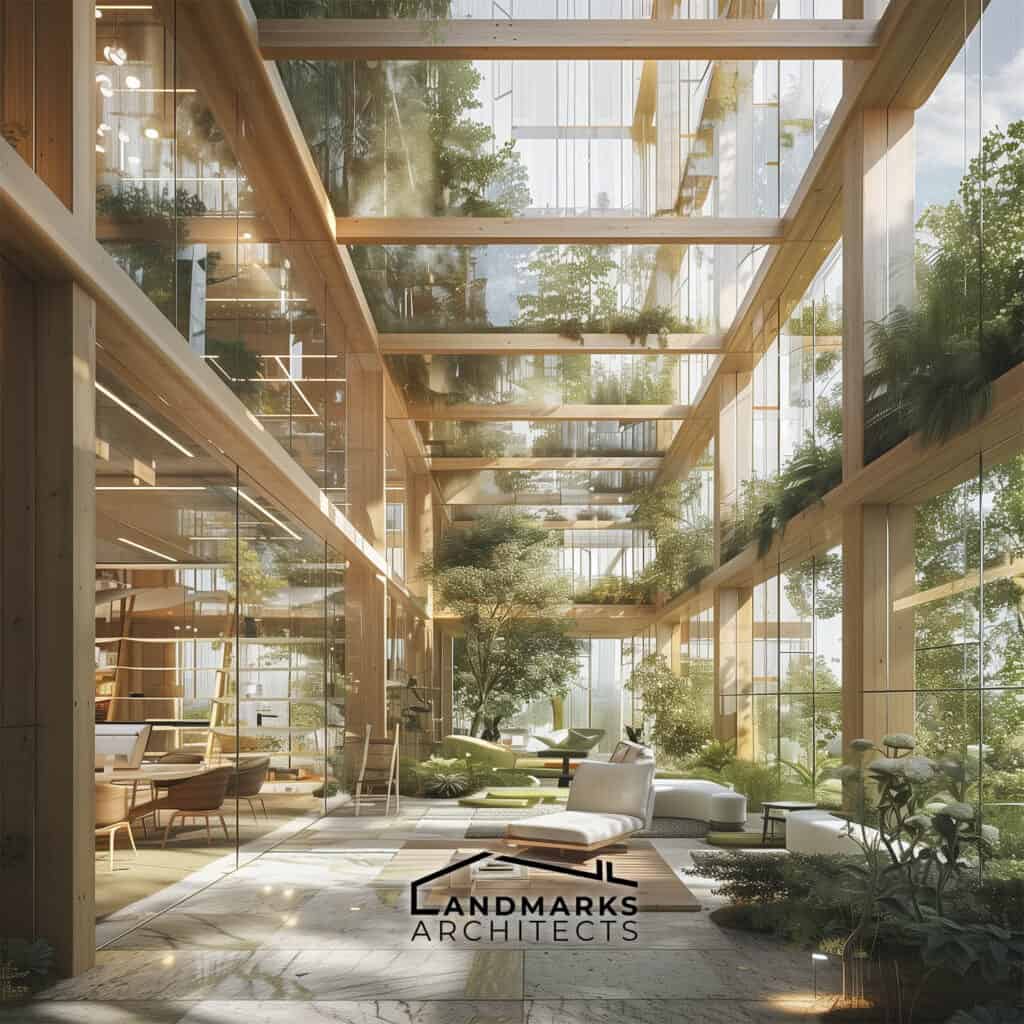
Biophilic design is an innovative architectural idea that involves incorporating natural elements into building design. This approach is based on the idea that humans have an innate connection to nature and feel more comfortable and productive in environments that reflect this connection.
Biophilic design involves incorporating features such as natural light, plants, and water into building design. An example of biophilic design is the Bosco Verticale in Milan, which features two residential towers that are covered in over 20,000 plants.
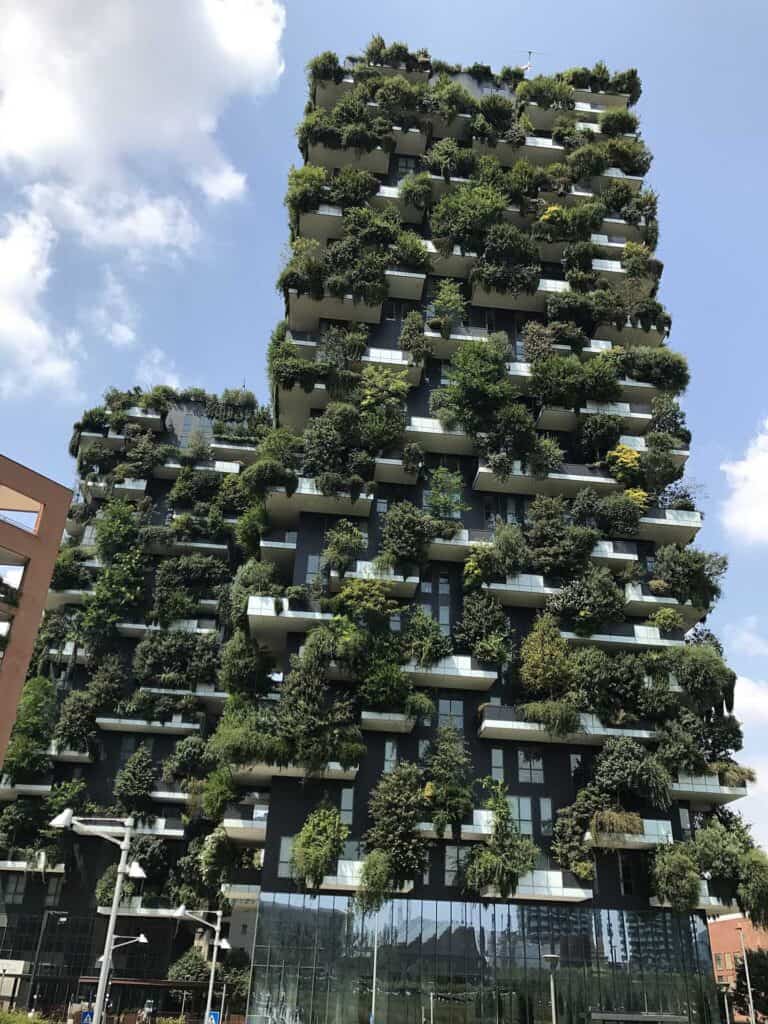
These innovative architectural ideas reflect the importance of sustainable architecture, urban planning, and building design in creating functional and beautiful spaces. By exploring new ideas and solutions, architects and designers can continue to inspire and create impactful projects that reflect the evolving needs of communities and the world.
10 Examining Iconic Buildings and Structures
Iconic buildings and structures inspire architects, designers, and enthusiasts alike. They showcase the power of architecture to create beautiful, functional, and memorable structures. Here are ten iconic buildings and structures that demonstrate the importance of architecture and inspire new ideas.
1. The Eiffel Tower
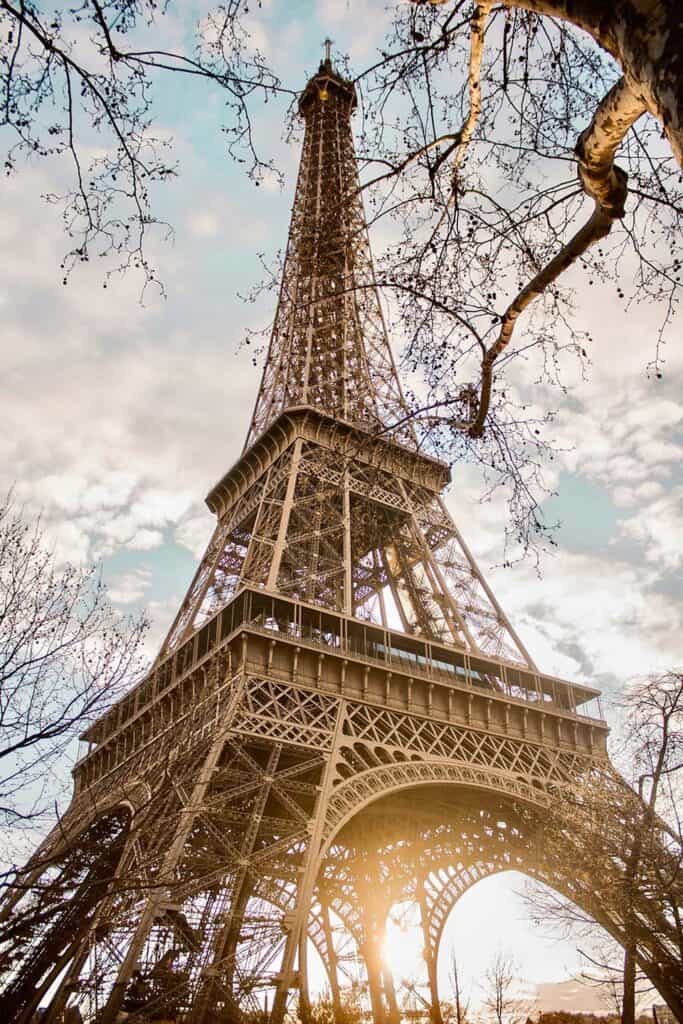
The Eiffel Tower is one of the most recognizable structures in the world. Built in 1889, it was originally intended to be a temporary structure for the Exposition Universelle, but it has since become a permanent fixture in the Parisian skyline. The tower stands at 324 meters tall and is made of iron. Its distinctive lattice design is an engineering marvel, and it has become a symbol of Paris and French culture.
2. The Sydney Opera House
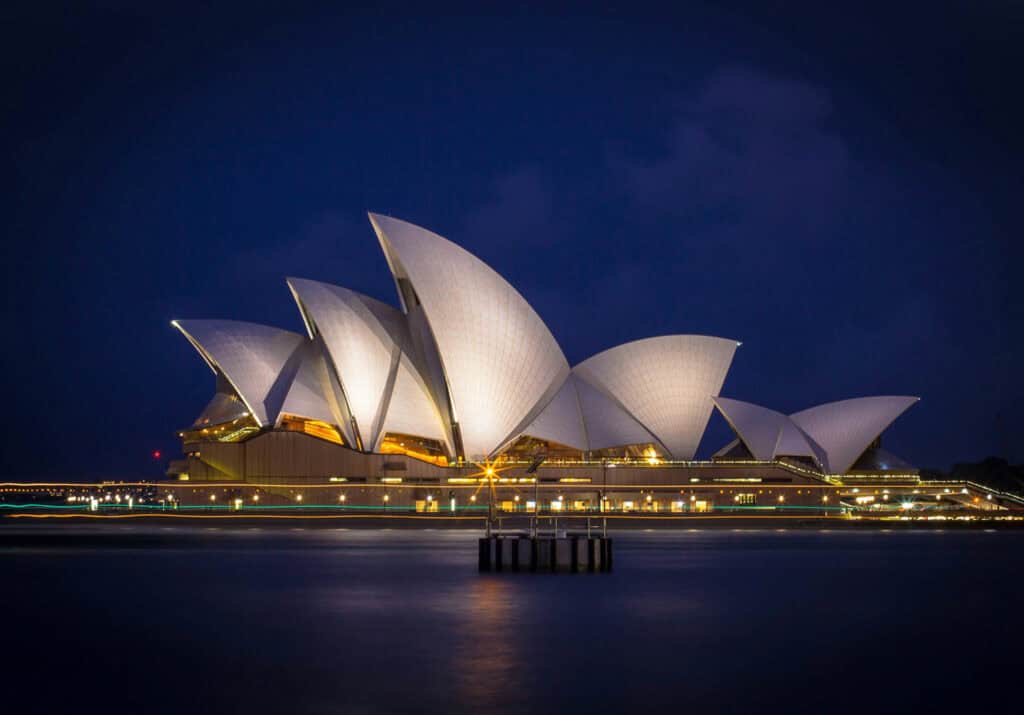
The Sydney Opera House is a masterpiece of modern architecture. Designed by Danish architect Jørn Utzon, it was completed in 1973 and has since become one of the most iconic buildings in the world. Its unique sail-like design is instantly recognizable and has become a symbol of Australia and its cultural heritage.
3.The Guggenheim Museum
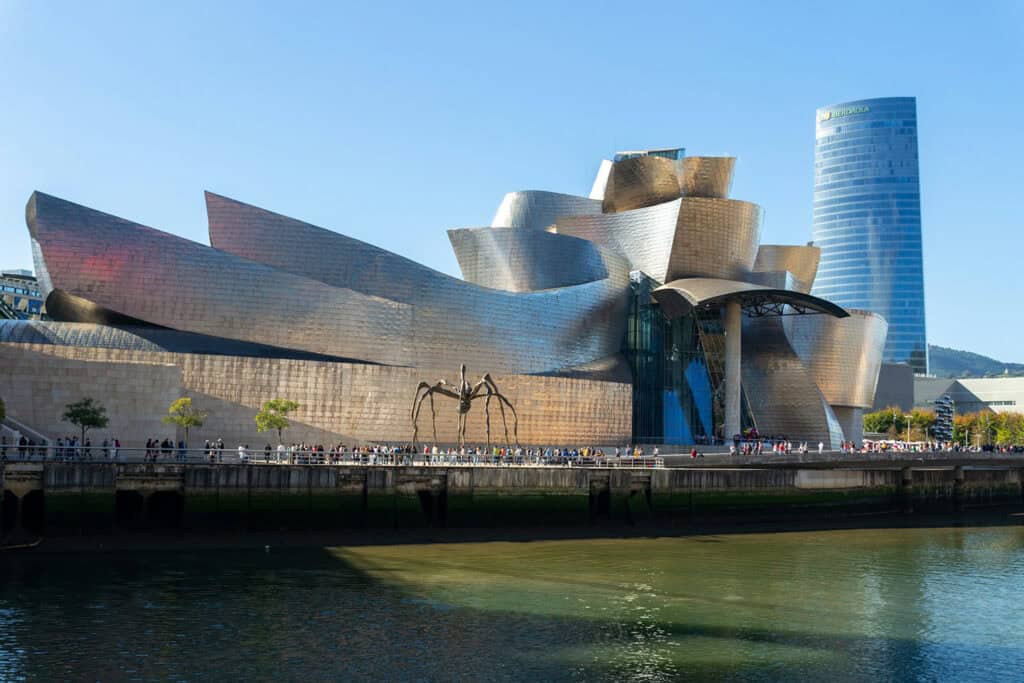
David Vives
The Guggenheim Museum Bilbao is a stunning example of contemporary architecture. Designed by renowned architect Frank Gehry, the museum was completed in 1997 and has since become a cultural hub in the Basque region of Spain. Its unique titanium-clad exterior and undulating curves make it one of the most distinctive buildings in the world.
4. The Burj Khalifa
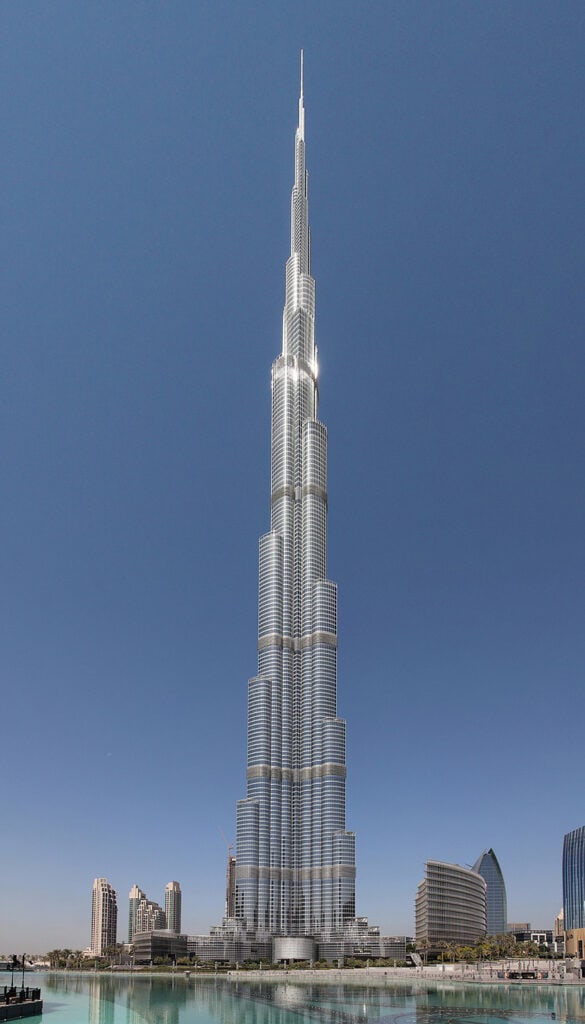
The Burj Khalifa is the tallest building in the world, standing at a staggering 828 meters tall. Designed by Adrian Smith of Skidmore, Owings & Merrill, it was completed in 2010 and has become a symbol of Dubai’s modernity and ambition. Its sleek, modern design and innovative engineering make it a marvel of contemporary architecture.
5. Fallingwater
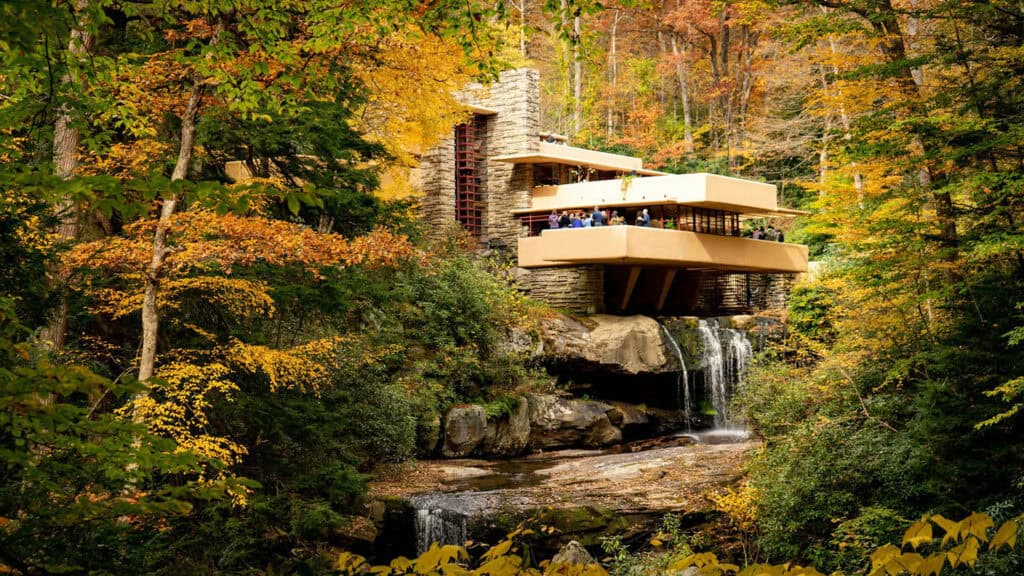
Fallingwater is a masterpiece of organic architecture. Designed by Frank Lloyd Wright in 1935, it is considered one of the most important architectural works of the 20th century. The house is built into the natural surroundings, with the waterfall and stream integrated into the design. Its use of natural materials and integration with the environment make it a prime example of sustainable architecture.
6. The Shard:
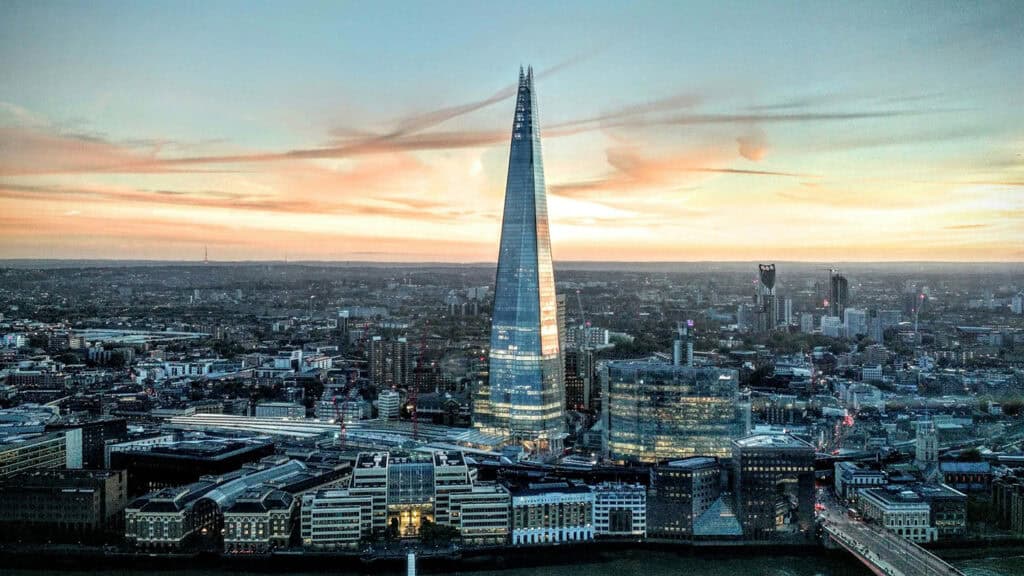
The Shard is a modern skyscraper in London, England. Designed by Renzo Piano, it was completed in 2012 and has become a symbol of London’s skyline. Its sleek, glass exterior and innovative engineering make it a marvel of contemporary architecture.
7. Marina Bay Sands:
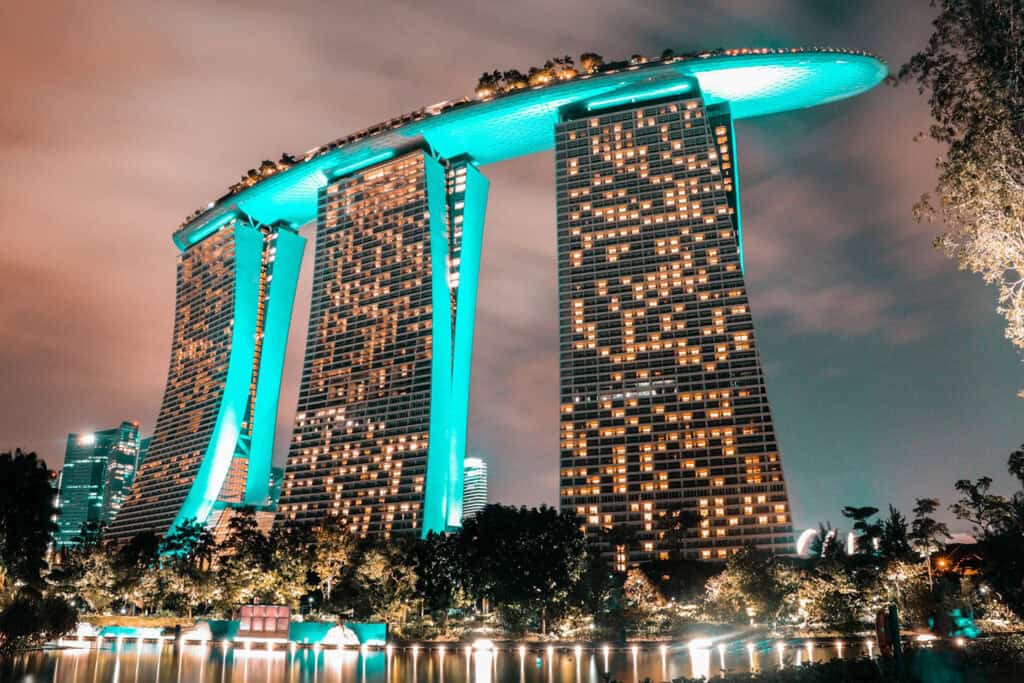
Marina Bay Sands is a modern integrated resort in Singapore. Designed by Moshe Safdie, it was completed in 2010 and has become a symbol of Singapore’s modernity and innovation. Its distinctive design, which features three towers connected by a skybridge, has become an iconic part of Singapore’s skyline.
8. The CCTV Headquarters
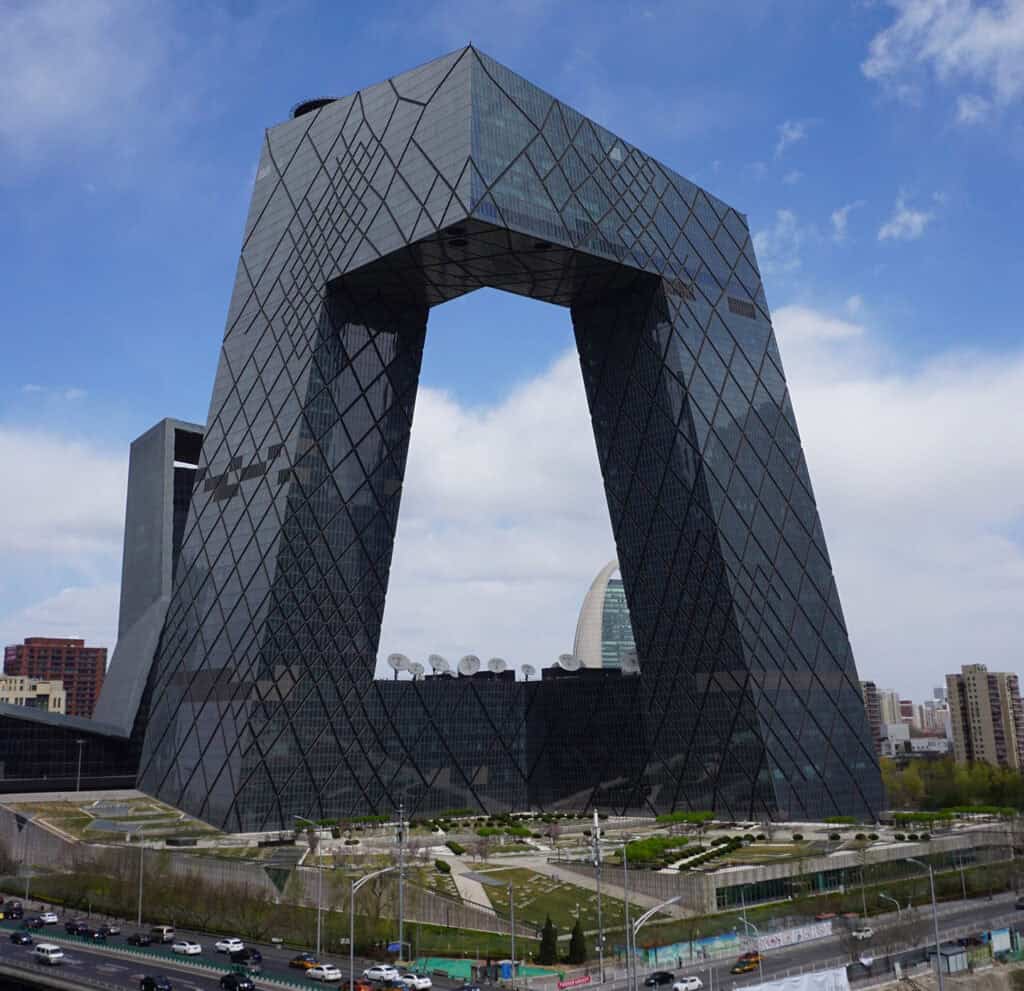
The CCTV Headquarters is a modern skyscraper in Beijing, China. Designed by Rem Koolhaas of OMA, it was completed in 2012 and has become one of the most distinctive buildings in Beijing. Its unique design, which features two towers connected by a cantilevered section, has become a symbol of China’s modernization and innovation.
These architectural ideas – Sustainability, Flexibility, Functionality, and Innovation – stand as pillars in reshaping our built environment. They inspire architects to create spaces that not only captivate the eye but also serve the needs of society. From the iconic Eiffel Tower to the innovative Marina Bay Sands, each structure showcases the power of architecture to shape our world and ignite our imagination. Explore these ideas further and unlock the potential to transform your architectural vision into reality.










